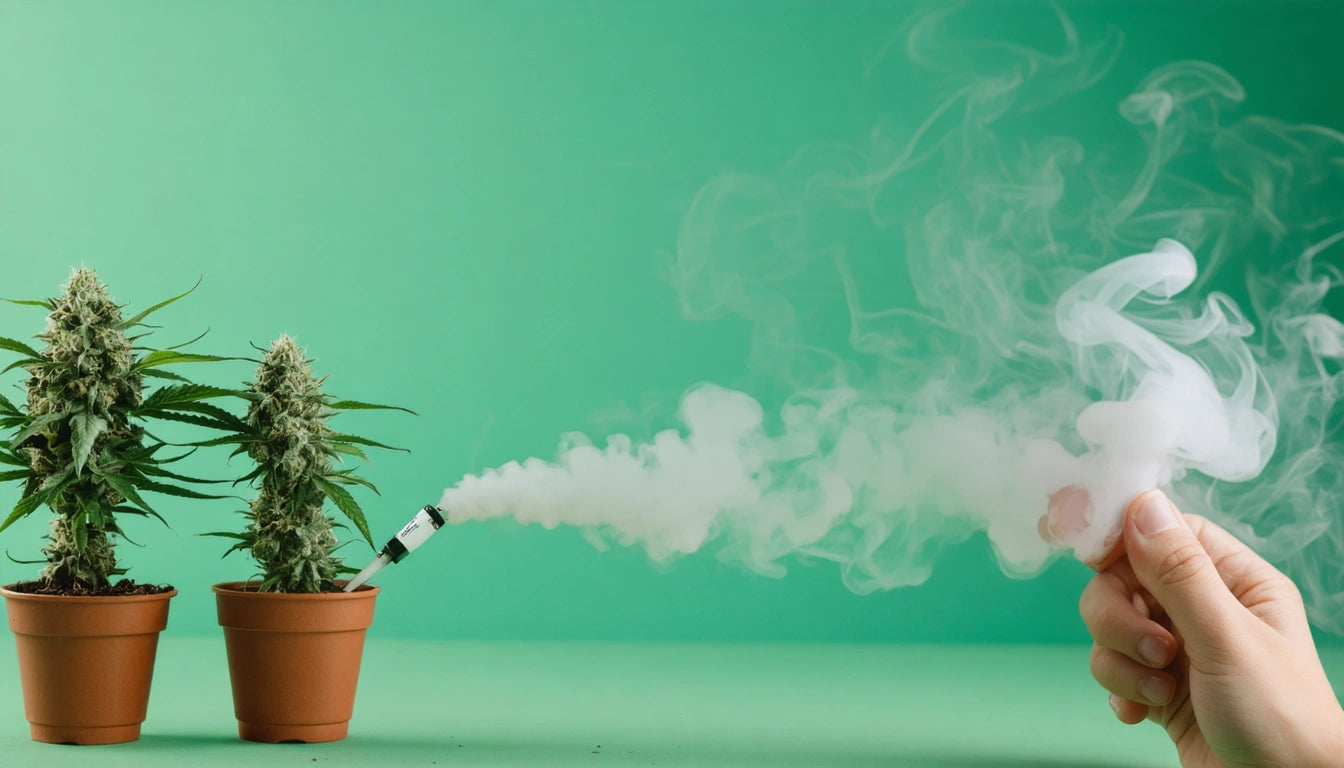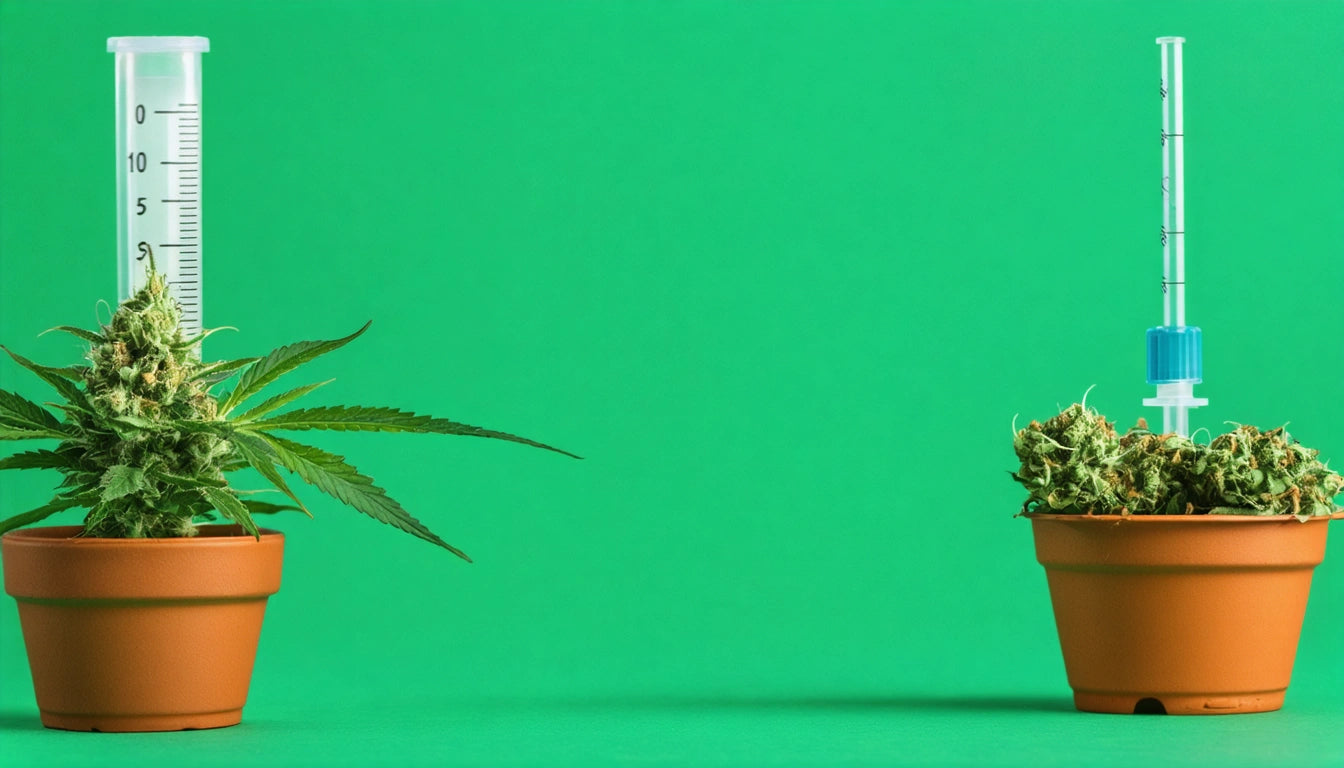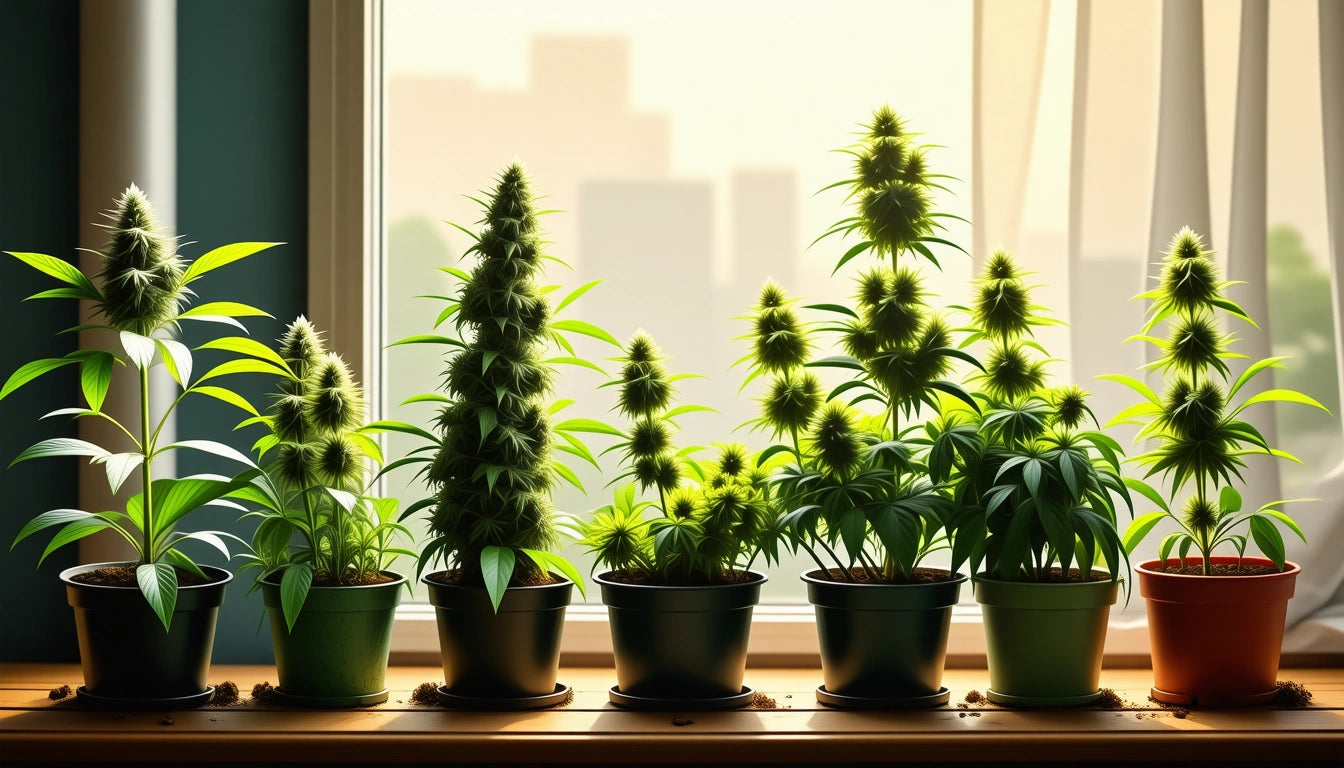Table of Contents
Can Secondhand Marijuana Smoke Cause a Positive Drug Test?
The question of whether you can test positive for marijuana from secondhand smoke has become increasingly relevant as cannabis legalization expands across the United States. Many individuals worry about potential exposure in social settings or shared living spaces affecting their drug test results, especially when employment or legal matters are at stake.
Understanding Secondhand Marijuana Smoke
Secondhand marijuana smoke contains many of the same chemicals found in directly inhaled smoke, including THC (tetrahydrocannabinol), the primary psychoactive compound in cannabis. When someone near you smokes marijuana, you inhale a diluted mixture of these compounds.
Unlike direct consumption, where THC levels can reach significant concentrations in the bloodstream, secondhand exposure typically results in much lower levels. However, this doesn't mean it's impossible to test positive from secondhand marijuana exposure under certain circumstances.
Factors Affecting Secondhand Exposure
Several variables influence whether secondhand marijuana smoke might lead to a positive drug test:
- Ventilation: Poorly ventilated, enclosed spaces significantly increase exposure compared to open or well-ventilated areas
- Proximity and duration: Closer proximity and longer exposure time increase the amount of THC potentially absorbed
- Potency: Higher-THC cannabis products release more THC into the surrounding air
- Frequency: Regular exposure increases the likelihood of accumulation in your system
- Individual metabolism: Some people process and eliminate THC more efficiently than others
As we explain in our guide on failing drug tests from secondhand exposure, these factors work together to determine your overall risk level.
Types of Drug Tests and Detection Windows
Urine Tests
Urine tests are the most common screening method and typically use a threshold of 50 ng/mL for initial screening. Studies suggest that extreme secondhand exposure might potentially cause levels to reach 20-30 ng/mL, but rarely above the standard 50 ng/mL cutoff.
Our research on how weed shows up on drug tests indicates that detection windows vary widely based on usage patterns:
- Single exposure: 1-3 days
- Occasional use: 3-7 days
- Regular use: 10-21 days
- Heavy, chronic use: 30+ days
Blood Tests
Blood tests detect active THC in the bloodstream, typically for only 1-2 days after use. According to our analysis of cannabis detection in blood tests, secondhand exposure rarely produces detectable levels in blood samples unless exposure is extreme and testing occurs within hours.
Hair Tests
Hair tests can detect THC metabolites for up to 90 days but are generally less sensitive to occasional or secondhand exposure. External contamination from smoke particles settling on hair can sometimes be distinguished from actual consumption through specialized washing procedures during testing.
Research on Secondhand Marijuana Exposure
Scientific studies examining whether you can test positive for marijuana from secondhand smoke have produced mixed but informative results:
A Johns Hopkins University study placed non-users in a small, unventilated room with active cannabis smokers for one hour. Some non-smokers subsequently tested positive on urine tests, but levels typically fell below the standard 50 ng/mL cutoff used in most employment screenings.
Another study published in the Journal of Analytical Toxicology found that extreme exposure conditions (multiple smokers in a confined space for extended periods) could potentially cause positive results, but such scenarios rarely occur in real-world settings.
When considering these findings alongside our research on secondhand smoke detection in drug tests, the consensus indicates that while possible, testing positive from casual secondhand exposure remains unlikely under normal circumstances.
Minimizing Risk of Positive Tests
If you're concerned about secondhand marijuana exposure affecting a drug test, consider these precautions:
- Avoid enclosed spaces where marijuana is being smoked
- Ensure proper ventilation if exposure cannot be avoided
- Limit time spent in environments with active marijuana use
- Allow 24-48 hours between potential exposure and testing when possible
- Consider using secure storage solutions for cannabis products to prevent accidental exposure in shared living spaces
These measures can significantly reduce the already low risk of testing positive from secondhand marijuana smoke.
Legal Considerations and Workplace Policies
The legal landscape surrounding secondhand marijuana exposure and drug testing is complex. Some jurisdictions have begun implementing protections for individuals who may have been passively exposed, but these protections vary widely.
Most workplace policies don't distinguish between direct use and secondhand exposure when interpreting positive test results. As discussed in our article on understanding marijuana detection, this creates challenges for individuals who may have been involuntarily exposed.
If you believe a positive test resulted from secondhand exposure, document any potential exposure incidents and consider requesting a more sensitive confirmatory test with a lower detection threshold. Some testing facilities can distinguish between active use and passive exposure through quantitative analysis of THC metabolite ratios.
While the risk of testing positive for cannabis from secondhand smoke exists, it remains relatively low in most real-world scenarios. Understanding the factors that increase risk, taking appropriate precautions, and knowing your rights can help navigate this increasingly common concern in today's evolving cannabis landscape.











Leave a comment
All comments are moderated before being published.
This site is protected by hCaptcha and the hCaptcha Privacy Policy and Terms of Service apply.